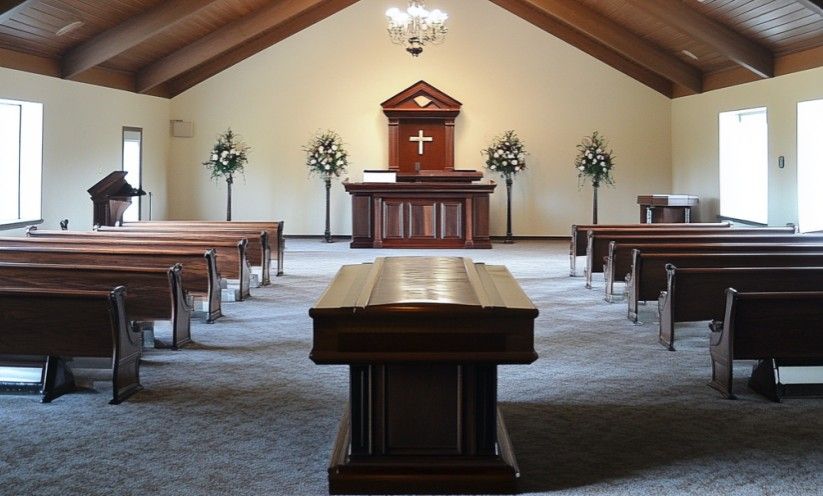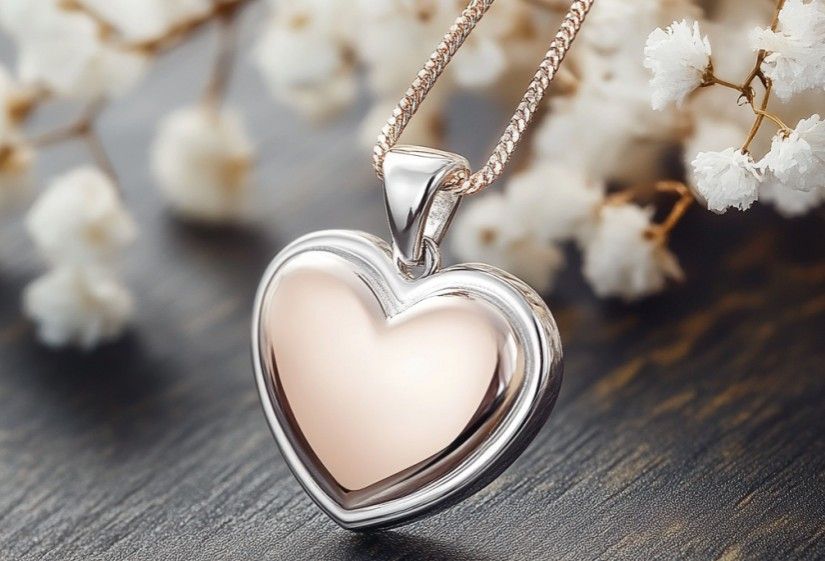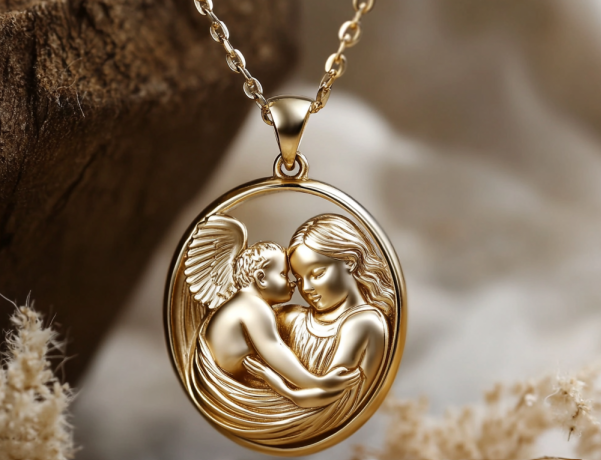Questions About Aquamation
You know there are a few different kinds of cremation services at funeral homes in Morrison, IL, but did you know there’s a new kind called aquamation?
What Is Aquamation?
It's a way to dispose of your loved ones that involves water. What does it entail exactly? First, we take the body and place them in an aluminum container with heated saltwater then stir for about 3 hours until all their cells dissolve into sludge (AKA "liquid cremains").
We then clean out any remaining tissue bits from the tank using air pressure while shielding our eyes because they will be very gritty-looking by this point.
After cleaning up, we slowly pour back on more saline solution at 9lbs per square inch which turns everything mushy like jelly! The salty liquid gets drained away once again so you're left with nothing but clearish fluid that can either go down into sewers or rivers
How long does the Aquamation process take?
An Aquamation process takes 6-8 hours, or 18-20 hours depending on the operating temperature of the equipment. The difference between an Aquamation and a flame cremation is that they both take place at different temperatures with one taking 1-3 hrs compared to up to 16 hr for an aquamation
How Much Does Aquamation Cost?
To answer the question of cost, aquamation is anywhere from $150 to $400 while cremation is around $100. Veterinarians and pet funeral homes promote these environmental benefits that make it so much gentler on your pets than other forms of disposal such as burial or incineration.
During the process the body is placed in a steel chamber. The chamber is then filled with an alkaline solution made up of 95% water and 5% potassium hydroxide and raised to a very high pressure to prevent boiling. There is no acid used in an aquamation. In fact, the process of alkaline hydrolysis uses a material called an alkali, which is actually the exact opposite of an acid. The combination of chemicals and water work together to naturally dissolve the body without the use of acid.
The chamber, and the body in the solution, is then heated to around 350 degrees Fahrenheit for an extended period of time, from 4 to 16 hours. The heat, pressure and solution work together to break down the body, leaving only the bones. The body slowly dissolves, and the bones, once removed from the chamber, crushed into ash and returned to the family just like in a traditional cremation. As the water left over an aquamation no longer contains any alkalis, it can be returned to the natural ecosystem just like water from a sink or a toilet – through the standard wastewater treatment facility.
Is Aquamation Safe for the People and Environment?
Many people wonder if aquamation is safe for people and the environment. Aquamation remains are 100% safe as they are simply a mixture of bone materials, minerals, and calcium phosphate. They are also disease and pathogen-free, which makes them, in many ways, safer to handle and be around than a dead body. Aquamation is also safe for the environment. The solution used in aquamation, a mixture of 95% water and 5% alkali, is completely natural and safe. And, even if it wasn’t, by the end of the aquamation process the alkalis are completely used up. So, all that remains at the end of an aquamation is water, bones and dust.
Others wonder that can be done with aquamation remains. Aquamation ashes are very similar to remains left after a standard cremation, so they can be treated like standard cremation ashes. However, aquamation remains are much lighter in color and in texture than classic cremated remains. Cremated remains made from flames are often darker and denser from the various combustion reactions that occur when the body is heated under extreme temperatures. They can be kept in an urn, buried in the ground, or scattered in a special place.
Schilling Funeral Home & Cremation is here to help if you have more questions about aquamation or Morrison, IL funeral homes. We have the experience necessary to act as an authority and provide you with superior service no matter what your funeral or cremation needs may be. Call or visit us today to learn more about what we can do for you.










